Wanni's development goes on apace
By Dhaneshi Yatawara
*Village Citizen Committees to secure newly resettled areas
*Now there is no tension and fear of terrorism in the Wanni.
*There are no dark corners in the town, no more closed roads and no more barriers.
 Maj. Gen. Boniface Perera Pic: Thilak Perera
|
The Medawchchiya road block, the entry-exit point to the Wanni region which never rested for many years, is beyond recognition today. People do not line up for security checks. Buses do not stop before the Medawachchiya Junction. There is no more line-up of lorries carrying flour, dry fish, vegetables and essential goods. People do not walk passing the junction to the other side, carrying heavy luggage and children, to get into another bus to their destination. There are no traces of the arduous past Sri Lankans went through before to enter the Wanni.
“People of the Wanni want peace and sustainable development,” said Major General Boniface Perera during an interview with the Sunday Observer. Maj. Gen. Boniface Perera is the Competent Authority for Welfare and Resettlement of Displaced Persons in the North and the current Security Forces Commander of the Wanni region. “In addition to assisting the Government initiated development activities, we conduct 5,000 social development projects with the local community,” Maj. Gen. Perera said.
Excerpts of the interview:
Q: It is the fourth year since the defeat of terrorism. Vavuniya, was a strategic location militarily and in civil administration. What is the situation there now?
A: After the humanitarian operation, we have maintained peace.
In the past four years there has been no major crime, robbery or any other activity to disrupt peace and harmony. Vavuniya is peaceful. People from the south and those living abroad must visit Vavuniya and see the development potentials in the area. There are many business opportunities and land is available. The railway track will be completed soon improving transportation connecting Vavuniya with the Northern peninsula as well as Talaimannar.
For long-term peace we have to pass through the short-term and mid-term peace. We are now in the mid-term. To have sustainable peace, we have to strategically plan the future. Although terrorism is over the ideology and ideologists still exist - abroad and locally. The Security Forces in the Vanni area of responsibility stretches from the east coast to the western coast – i.e. Mannar to Welioya. The only one check point still operates to assist administration work. People here need peace. They hate to see their day-to-day life being disrupted.
Q: The Government claims that all displaced persons in welfare centres are resettled. You are the Competent Authority on Resettlement and welfare of the displaced people of the North. This office was given a major role in resettlement as the Government gave special attention to the welfare of resettling communities. What is happening now?
A: I’m happy to say that all the people of the Tamil community who were displaced amounting to nearly to 300,00 have been re-settled. The final batch will be resettled by September 24, 2012. In Vavuniya and Mannar we are going to resettle all displaced people of all communities though it may be difficult. We have been able to abide by the timeframe set by government under the leadership of President Mahinda Rajapaksa. The last batch of IDPs were resettled in Keppapilaavu and Manthuvil.
Though so many see that it’s mainly the Tamil community that is affected. Sinhala communities living in these areas are also affected to a great extent. They were also displaced. There are about 6,000 Sinhalese who are now resettling in their orignial lands.
The Indian housing scheme will provide 50 houses to the Bogawewa village which is one of the main areas where the Sinhala community of the Wanni region is returning. We are trying to find donors to build more houses.
All the resettling communities are poor and outsiders can make use of them to achieve petty targets.
When I visited Keppapilavu recently the people were happy about the prevailing situation and the development of the village. One child told me ‘May you live long’ and this statement made my day. Apart from other benefits we distributed jak trees to these families.
Q: Rehabilitated ex- LTTE cardres have retuned home and are living among the resettled communities. How many of them are there in the Vavuniya region?
A: In Vavuniya there are about 1400 ex LTTE cadres who have returned to their villages. They are re-settling and many are self-employed.
Q: What is their situation in the process of re-integrating in to society?
A: The Government rehabilitation program has a successful impact on society.
The rehabilitated cadres have returned home and have reintegrated in to society. Apart from the Government initiative, the Competent Authority on Resettlement is assisting them through donors and civilian organisations. One organization sends money and these funds are deposited in the bank and these rehabilitated youth are given loans.
May be Rs. 50,000, Rs. 100,000 up to Rs. 150,000. the Loan depends on the requirement and qualification and to start a self-employment project. So far we have given more than 200 loans.
Many are employed and less than 200 are unemployed. We are working even in our personal capacity to find steady employment for them. But certain political parties are trying to find ways to disrupt this harmony. It has no impact because people only want peace.
Q: The Sri Lanka Army is involved in development programs in these areas. What sort of programs are continuing to assist local communities?
A: We are organising almost 5,000 social, development programs for the people living in our areas. Projects like cleaning roads through shramadana, construction of minor irrigation canals, repairs of rural roads and even construction of houses comes under this. In that sense soldiers have done a tremendous job. We have given attention to the education of children in these areas.
It is assists parents trying to cope with the situation as well. We were able to organize donations for schools worth as 11 million with the help of well wishers. Soldiers have renovated and reconstructed 181 schools, pre schools and 16 play grounds.
On one occasion where we were distributing dictionaries and had a fun quiz for children where the winner got Rs. 500 for each correct answer. One child told me when he won the cash price that he was going to buy a dictionary to learn Sinhalease since he had an English dictionary. They express their hopes and satisfaction over the present situation.
With the help of donors we are assisting people to develop livelihood skills, specially for youth. Two vocational training centres will be opened soon in Mannar and Welioya.
We will set up 200 youth sports clubs in Vavuniya and Mannar . These clubs will enhance their sporting skills. Initially we are focusing on football, cricket, netball and other common sports popular among these communities. In the next three months these clubs will be set up. Youth is the spirit of the country.
It is important to create a common platform for youth in Tamil, Muslim and Sinhala communities. We hope that it will bring all of them together enabling them to shed any disparities.
Q: A section of Mannar was contributing to agriculture, particularly to paddy cultivation. These areas also come under the Wanni Security forces. Through community work by the Security forces what contribution is made to uplift agriculture?
A: The Silavathurai area is under cultivation. Mullikulam which in South Kondachchi and North of Puttalam, has potential for cashew cultivation. But it is not maintained and the yield is not upto the mark. It can produce about 35,000 tons of cashews in the 20 acre land. Now we are going to re-cultivate with the help of the Civil Defence Force. This cultivation was there but was neglected.
Q: Resettling communities live in a delicate social environment. At times their security is at risk. What steps have you taken to prevent this situation.
A: To keep the villages safe there are Village Citizen Committees. We and the VCC members meet once a week and hold discussions between civilians, the Police and the Army.
It covers security of the village, difficulties people face as well as development requirements. If they have problems with wild animals we provide them with crackers through the Wildlife Department officer of the area or if it’s a thief Police take action to send special patrol teams until the problem is solved.
However, there should be a long-term plan for development. No political party or army can survive without public support. People and communities cannot be held with an iron fist. They should experience the freedom and enjoy it.




 Sri Lanka should not overreact to the current wave of protests or the politically instigated actions in Tamil Nadu, said Human Resources Senior Minister and Chairman of the Parliamentary Watchdog, COPE D.E.W. Gunasekera.
Sri Lanka should not overreact to the current wave of protests or the politically instigated actions in Tamil Nadu, said Human Resources Senior Minister and Chairman of the Parliamentary Watchdog, COPE D.E.W. Gunasekera. Political and other elements in Tamil Nadu should take the cue by obtaining a first-hand account of the steady progress Sri Lanka has made since 2009 to complement reconciliation and development efforts, an External Affairs Ministry of Sri Lanka spokesman said referring to the flat and outright rejection by New Delhi of Tamil Nadu’s demand to “stop treating Sri Lanka as a friendly nation”.
Political and other elements in Tamil Nadu should take the cue by obtaining a first-hand account of the steady progress Sri Lanka has made since 2009 to complement reconciliation and development efforts, an External Affairs Ministry of Sri Lanka spokesman said referring to the flat and outright rejection by New Delhi of Tamil Nadu’s demand to “stop treating Sri Lanka as a friendly nation”.


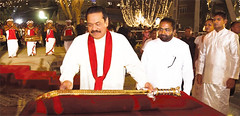 His
Excellency the President Mahinda Rajapaksa declared open the Dayata Kirula
National Development Exhibition 2013 at Ampara Hardy Advanced Technical College
premises on 23rd March 2013. Deyata Kirula is considered that the Sri Lanka's
biggest public exhibition and is being held in rural areas to develop these
areas. The exhibition brings massive infrastructure development, especially
roads and public facilities to the area slated to hold the Deyata Kirula
exhibition.
His
Excellency the President Mahinda Rajapaksa declared open the Dayata Kirula
National Development Exhibition 2013 at Ampara Hardy Advanced Technical College
premises on 23rd March 2013. Deyata Kirula is considered that the Sri Lanka's
biggest public exhibition and is being held in rural areas to develop these
areas. The exhibition brings massive infrastructure development, especially
roads and public facilities to the area slated to hold the Deyata Kirula
exhibition.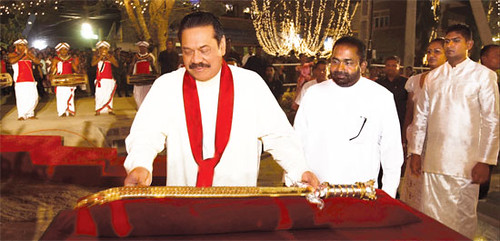
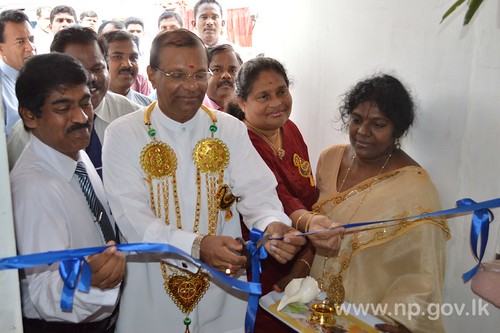
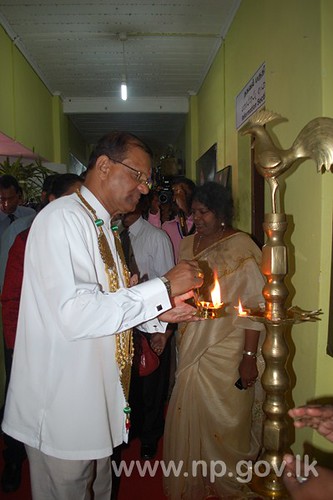
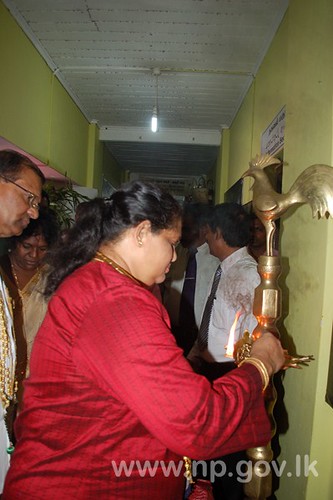
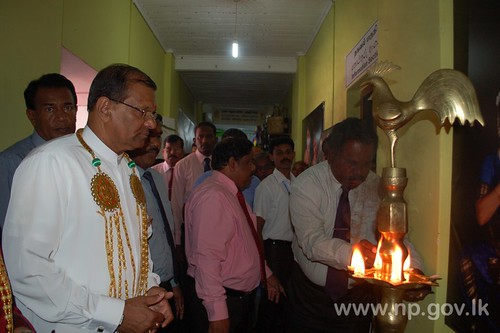
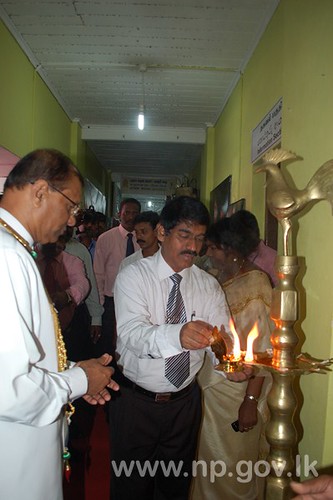
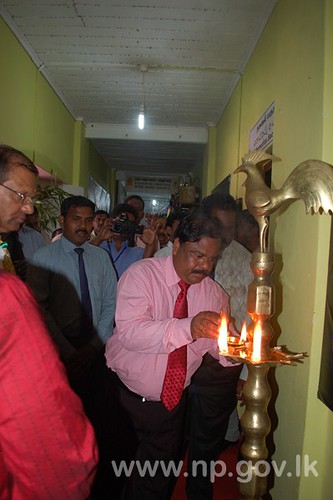
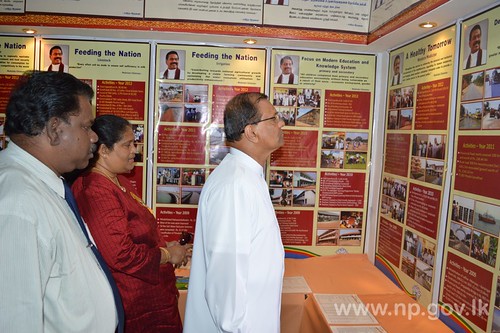
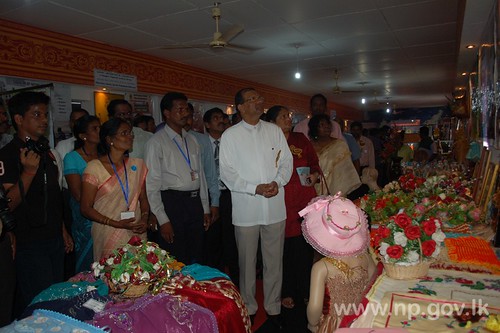
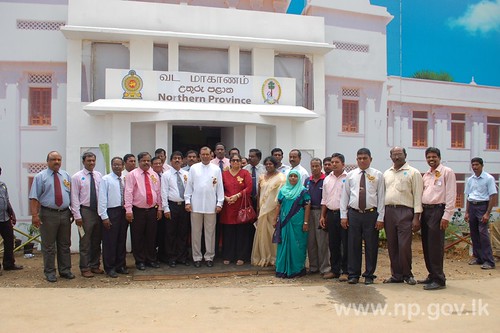
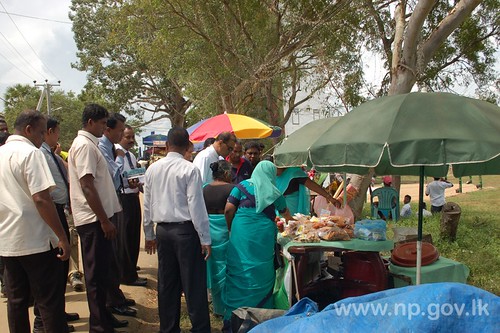












 And the 40-year-old Sri Lankan spin legend expressed his
disappointment at the unsavoury developments.
And the 40-year-old Sri Lankan spin legend expressed his
disappointment at the unsavoury developments.